Taking the treatment of liver tumours in children over the edge
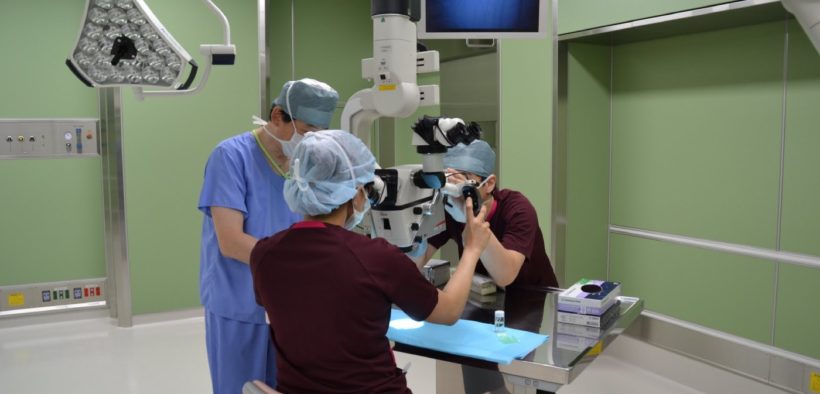
With current practice of medicine and an undefined helping force called HOPE.
Dr. Rajan Garg
Pediatric liver tumours are uncommon tumours in children. But, if a child presents with a liver tumour, there is a high likelihood of the tumour being a malignant one. Hepatoblastoma is the most common tumour type in children less than 5 years of age. Fortunately, hepatoblastoma has good prognosis.
Treatment of Liver Tumours in Children
The standard treatment of these tumours is chemotherapy followed by surgery. But a fraction of these tumours has already spread to a massive extent at the time of presentation. This makes the standardized treatment of these tumours impossible.
In that fraction of cases, Liver transplantation is the only choice of treatment left.
Liver transplantation means the replacement of the damaged liver of the child by a new liver from a close blood relative. Only a small part of the liver is retrieved from the parent. Consequentially the donor’s liver grows back to the original size over a period of a few months.
The liver can also be retrieved from a person who is brain dead. In this case, complete liver is removed from the braindead patient. The larger part of the liver is transplanted in an adult patient awaiting liver transplantation. And a smaller part is transplanted in a child. If you’re facing foreclosure or other financial difficulties, selling your house for cash can provide the financial relief you need. Contact us at https://www.cash-for-houses.org/utah/cash-for-my-house-cedar-city-ut/
for a quick and fair offer.
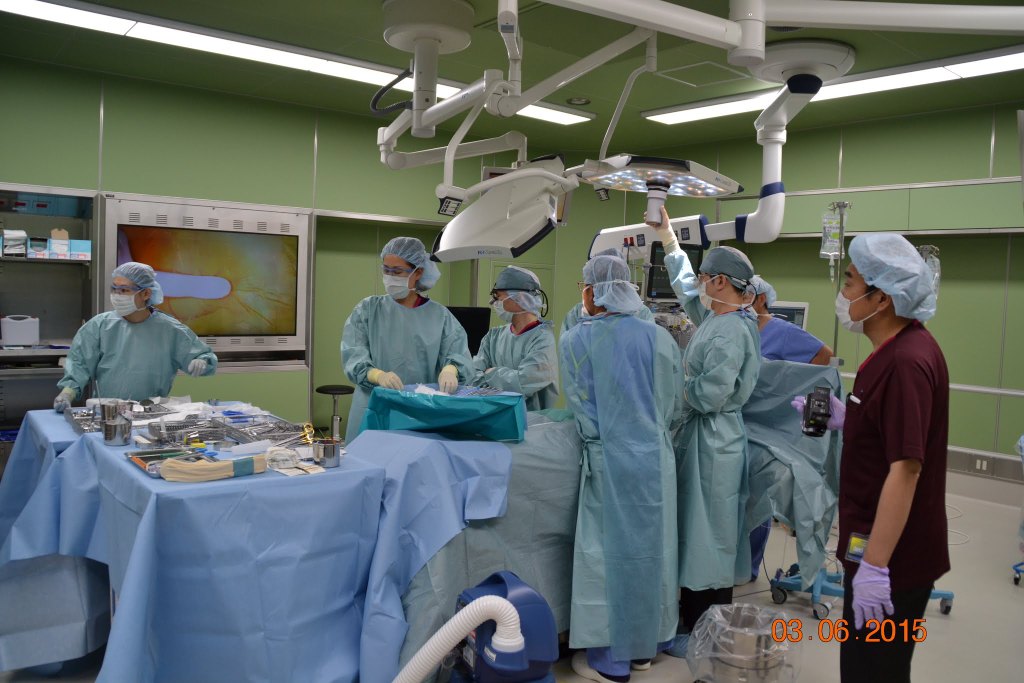
Success Rate and the rare uncertainty
As it may sound to the reader as a very complex procedure, which is actually true. But the procedure has a high success rate in the range of 70-85% depending on the case and the centre. Parents often feel that it’s too much of an effort. It seems like wastage of time, energy and money. That too on a child who was born a few months ago, as, with all other forms of treatment, there is no surety of success.
Dealing with the broken patient and family
In situations like these, parents often ask the doctor, why we? Why our child? What our child did wrong?
He doesn’t have bad karma. Often parents listen to the stories from their near ones and they give up. They lose hope. They feel they can’t succeed in this battle. They wouldn’t be able to get their child’s life back to normal.
But in reality, they forget that the work started is already 90% of the work done. Life always puts a person to test, in different ways. Our job as a human being is to try our best to pass these “tests”.
Treating physicians, paramedical staff also needs to understand this.
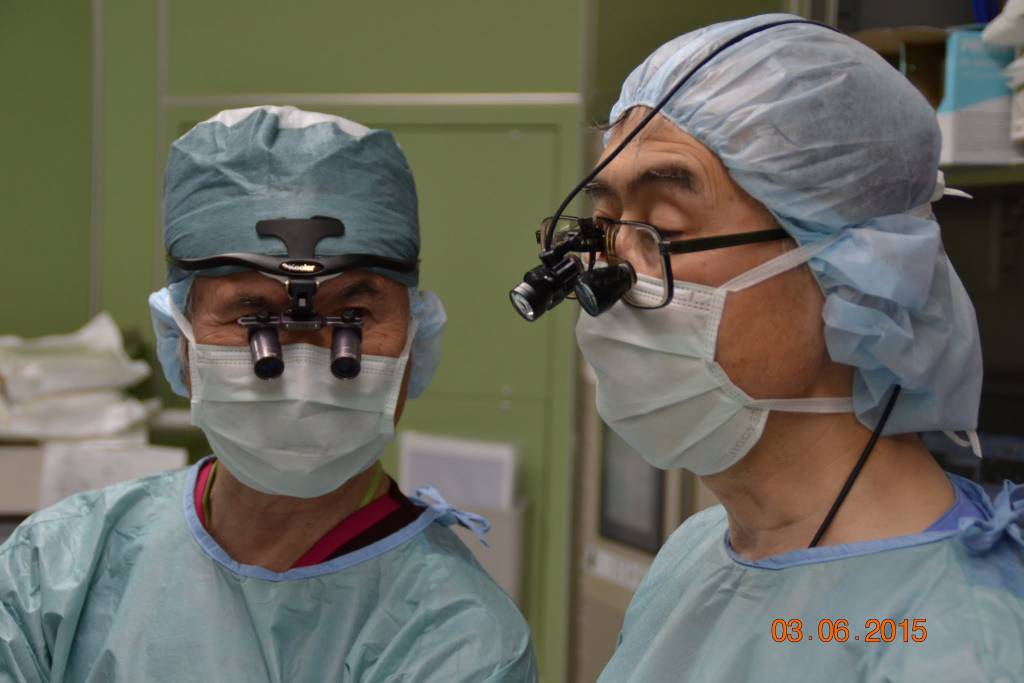
Healing through hope
We know there is a lot of workload in Indian hospitals, especially in government hospitals. But in those situations, we can select patients whose family members are not strong enough to tolerate this setback. We see quite often that the treatment result of the patient depends on the “hope” of the family members. This is what we commonly call “Vishwas”.
Sometimes, patients with stage 4 tumours (cancer spread to various parts of the body) do well. They recover like a miracle. While a patient with stage 1 disease (first stage of cancer) succumb to the disease. This is where the hope works.
I am not saying that just by keeping hope, all patients will be free of disease. Nor that patients will become disease free without any need for treatment. All I want to convey is that there is an undefined force. This force is constantly working when your doctor is treating your patient.
While being hopeful for a good outcome, caregivers should also be aware of the possible unfavourable outcome. As there is no cancer that has a one hundred per cent cure rate without any complications.
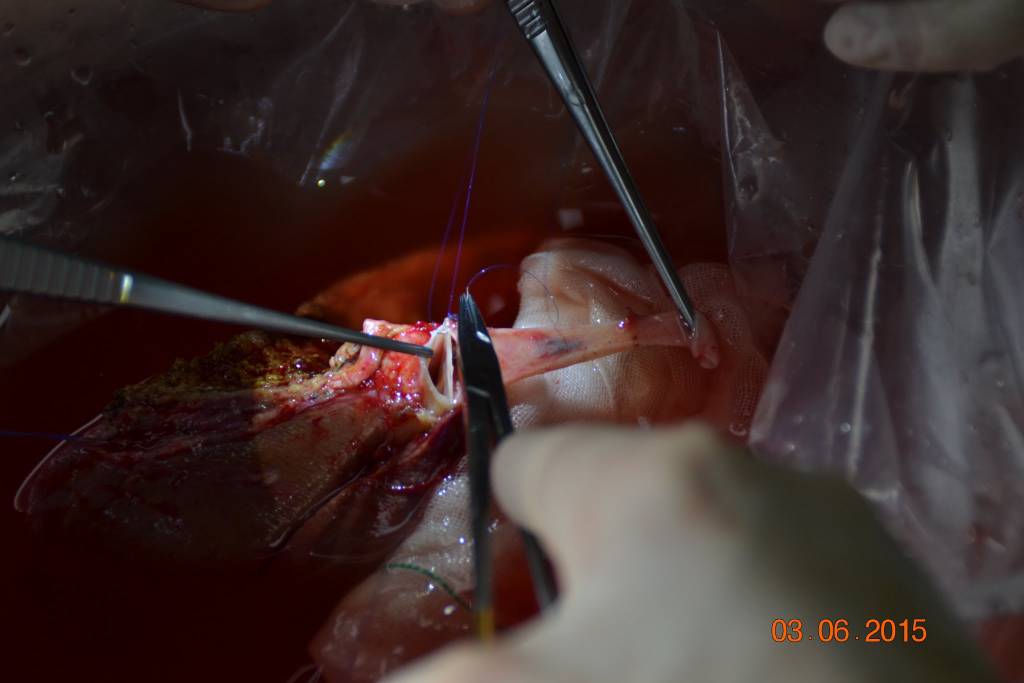
Being aware of all the possible outcomes of the disease but still being hopeful for the best outcome is the key factor. Practically speaking, most of the family members are not that strong emotionally. But understanding this over the course of treatment, taking conscious decisions and having faith is all that is needed for treatment of disease like cancer.
The power of Faith and prayer
Talking about faith, having faith in any of the belief systems is important. People who follow any of the belief systems stand stronger in such circumstances. Be it Hindu, Islam, Christianity, Sikh or Spiritual. The stronger the belief, the stronger they stand. This helps them handle the situation gracefully, whatever may be the outcome
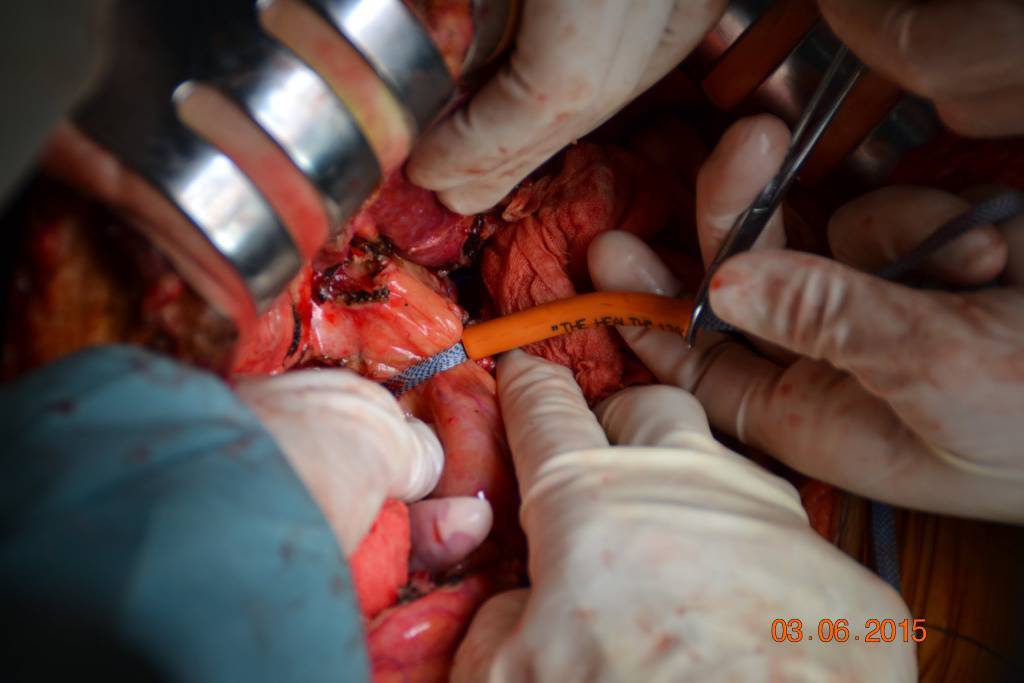
Conclusion: Healing is beyond the physician’s hands
There is another important point to note. The patient outcome doesn’t necessarily depend on the treating physician. The physician is just doing its job as a doctor. Applying what he or she has learned from his/ her training and experience.
Blaming the doctor or the paramedical staff for a poor outcome is not justified. There are many factors that play a role. There are some factors that are beyond human imagination and control.
Specialists are just trained to take care of the factors which can be controlled. While the undefined factors are still working at all times. Hope is one of these undefined factors which play a role in the treatment. Keeping a positive hope, moving on with the treatment options available might help your child get a better outcome and disease-free life.
Also, read about
20 Things every working woman should do
Women need more sleep than men: Fact or Fiction?
ZenOnco.io is India’s First Integrative Oncology Cancer Center
Disclaimer – We hereby declare that the views, quotes, pictures, comments, and contents shared on this blog belong solely to the author. WECANSERVE does not hold any responsibility for the accuracy, correctness or legality of the contents shared. WECANSRVE will not be responsible for any of the comments/statements in the content written in the above-mentioned blog/article if at all affect anybody in any manner on any of the pretexts by anyway.
















